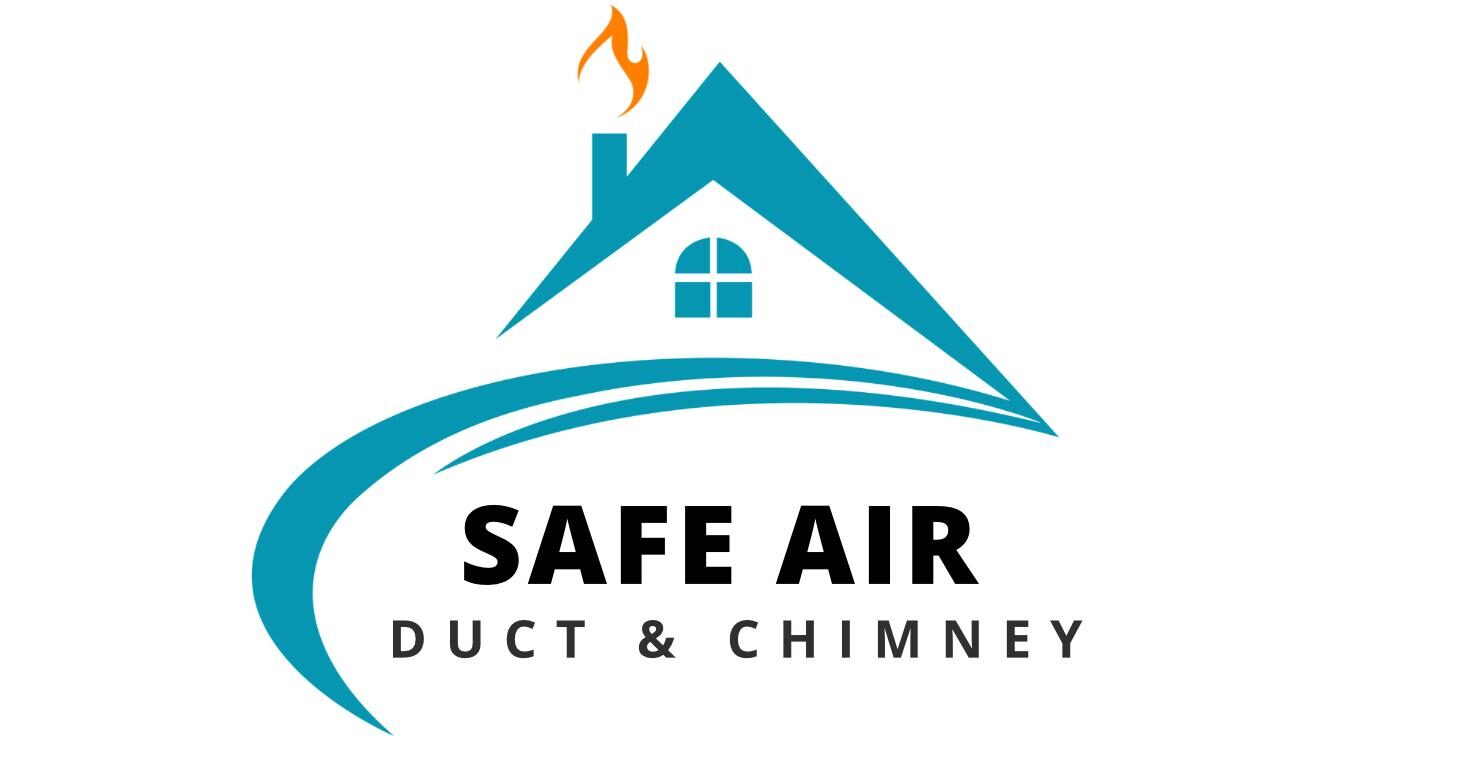Smoky Fireplace Causes and Fixes: How to Stop Smoke Problems
Why Is Your Fireplace Smoky?
Dealing with a smoky fireplace can be frustrating. Not only does it affect indoor air quality, but it also signals potential hazards like carbon monoxide exposure and chimney blockages. Understanding the common smoky fireplace causes and fixes is essential for a safe, smoke-free home.
If your fireplace fills the room with smoke instead of venting properly, draft issues, chimney obstructions, or poor airflow may be the problem. Before lighting another fire, let’s explore the most common causes of a smoky fireplace and how to fix them.
For professional guidance, check out the Chimney Safety Institute of America (CSIA) for expert fireplace safety recommendations.

Smoky Fireplace Causes and Fixes: Common Issues & Solutions
1. Cold Chimney Flue
A cold chimney flue can cause poor draft, preventing smoke from rising properly. Instead of escaping, smoke lingers inside your home.
✅ Fix: Warm the flue before lighting a fire by rolling up a newspaper, lighting it, and holding it inside the flue for a minute. This helps create an upward draft before adding logs.
2. Blocked Chimney or Flue
A clogged chimney or flue is a leading cause of a smoky fireplace. Obstructions like:
- Creosote buildup from uncleaned chimneys
- Leaves, nests, or debris blocking the flue
- A damaged or collapsed chimney liner
✅ Fix: Schedule a professional chimney cleaning to remove creosote, soot, and debris.
3. Incorrect Flue Size
A flue that’s too small won’t draw smoke up efficiently, while a flue that’s too large can allow smoke to circulate inside.
✅ Fix: Have a chimney professional assess your flue size and recommend necessary adjustments, such as a chimney liner installation.
4. Closed or Stuck Chimney Damper
If the chimney damper is partially closed or stuck, smoke won’t escape properly.
✅ Fix: Always ensure the damper is fully open before lighting a fire. If it’s stuck or damaged, consider a damper repair or replacement.
5. Negative Air Pressure & Poor Ventilation
Modern homes are tightly sealed for energy efficiency, but this can lead to negative air pressure, preventing proper chimney draft.
✅ Fix: Try slightly opening a nearby window to improve airflow. If the issue persists, installing a fireplace air intake vent can help.
6. Wet or Unseasoned Firewood
Burning wet or unseasoned wood is a major cause of excess smoke because moisture prevents the fire from burning efficiently.
✅ Fix: Use dry, seasoned hardwood such as oak, hickory, or maple. Store firewood properly for at least 6-12 months before burning.
For firewood storage tips, visit the Environmental Protection Agency (EPA) guide on clean burning.
7. Chimney Height & Structural Issues
If your chimney is too short, it may not create enough draft to pull smoke upward. Wind patterns and nearby buildings can also interfere.
✅ Fix: Chimneys should be at least 2 feet taller than any structure within 10 feet. If needed, consider a chimney height extension.
8. Wind & Weather Conditions
Sudden wind gusts or high outdoor humidity can push smoke back inside your home.
✅ Fix: Installing a chimney cap can reduce downdrafts and block wind interference.
How to Prevent a Smoky Fireplace
Preventing smoke problems requires proper fireplace maintenance and burning techniques. Follow these best practices for a smoke-free home.
1. Schedule Annual Chimney Inspections
Regular chimney inspections ensure that your chimney is free from obstructions, creosote buildup, or damage.
2. Burn the Right Firewood
- Use seasoned hardwood like oak or maple
- Avoid burning wet, green, or softwood
- Store firewood in a dry, covered space
3. Keep the Chimney & Fireplace Clean
- Remove ash and soot buildup regularly
- Hire a certified chimney sweep to prevent creosote accumulation
4. Ensure Proper Ventilation
- Open a window or door to balance airflow
- Consider installing a fireplace air intake vent
5. Check the Chimney Cap & Damper
- Make sure the damper is fully open before lighting a fire
- Inspect your chimney cap for blockages or damage
By following these smoky fireplace fixes, you can enjoy a cleaner, safer, and more efficient fireplace.
A smoky fireplace isn’t just annoying—it can indicate serious chimney or airflow problems. By identifying and fixing the root cause, you can improve your fireplace safety and efficiency.
For expert chimney inspections, cleaning, and repairs, contact SafeAir Duct & Chimney today.


